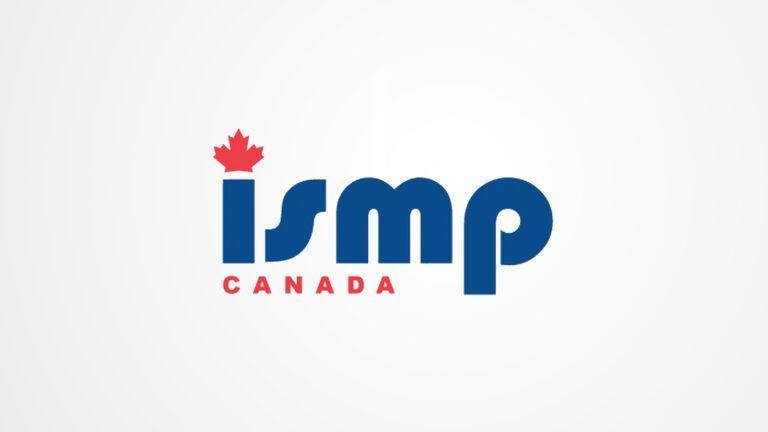
In an effort to work more efficiently, some pharmacy teams are inadvertently putting themselves—and their patients—at risk of medication incidents. That’s the finding of a recent analysis by the Institute for Safe Medication Practices (ISMP) Canada. The analysis found six areas where pharmacy teams’ efforts to expedite prescription processing contributed to medication incidents. These six areas were grouped within three stages of prescription processing: order entry, prescription filling, and pickup. The analysis also includes tips on how to avoid medication incidents. A summary of the analysis is below.
Order entry
- Copying information from a previous prescription entry into a new prescription entry, changing only fields that need to be updated. This may lead to missing important changes to prescriptions, such as an increase or decrease in dose.
- Tip: Create a new entry for all new prescriptions and limit the copy function to new prescriptions that are unchanged from the previous prescription in the patient’s record.
- Delay in updating patient records. When presented with a prescription for a current medication of a different strength or altered directions for use, pharmacy team members might focus on filling the prescription and delay updating the patient record. When discontinued prescriptions remain on the record (and are displayed as “active”), these can inadvertently be dispensed, resulting in medication errors (i.e., duplicate therapy) and possible patient harm.
- Tip: Update the patient’s medication record by discontinuing drugs that are not current during a clinical assessment.
Prescription filling
- Inadequate management of medication changes in compliance packaging. Midcycle changes to a patient’s medication regimen (i.e., before the patient’s next blister pack was due to be prepared) can contribute to medication errors.
- Tip: When possible, repackage the existing blister pack to reflect the modified regimen. Alternatively, collaborate with the prescriber to determine whether a medication change can be initiated with the next blister pack to be dispensed.
- Repeat scanning of one item’s bar code to represent multiple items. An example of a common practice to expedite service is scanning the bar code on one item multiple times, rather than scanning the bar code on each item separately, when more than one package of a medication is needed to fill a single prescription. This could lead to an error if an unscanned package contained the wrong medication or wrong dose.
- Tip: Scan the bar code of each box or stock bottle that is used to fill a prescription.
Pickup
- Inadequate patient identification. This can lead to dispensing a prescription to the wrong patient.
- Tip: Request a minimum of two patient identifiers at prescription pickup. Preferred identifiers, in addition to the patient’s name, include the person’s address and date of birth. Also, at pickup, open the bag containing the prescriptions and review the medications with the patient, ensuring that each prescription label bears the intended patient’s name.
- Lack of dialogue with patients. Patients should receive counselling about all prescriptions.
- Tip: Consider the use of technology to support virtual communication with patients when they are unable to pick up the prescriptions themselves.




